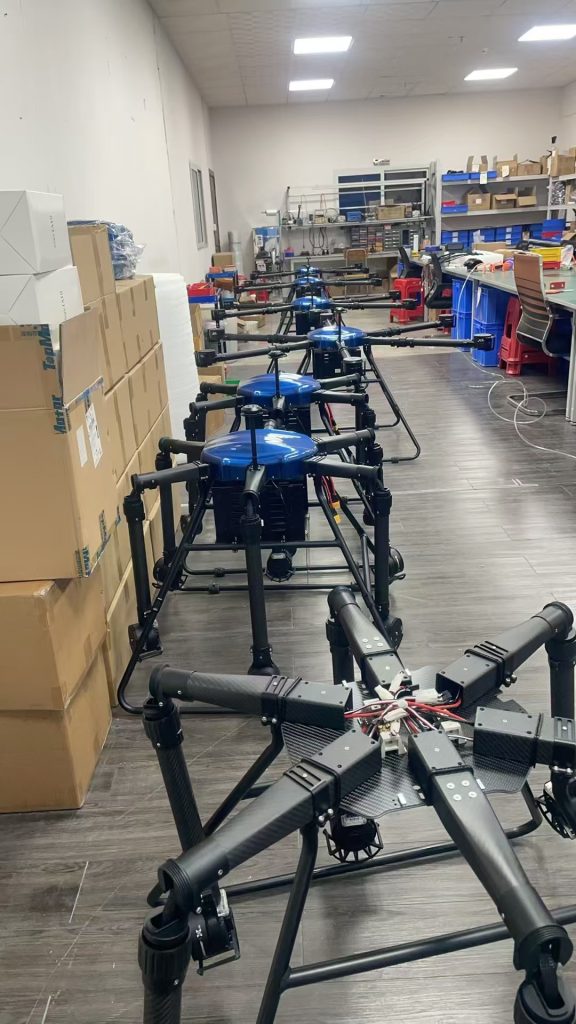

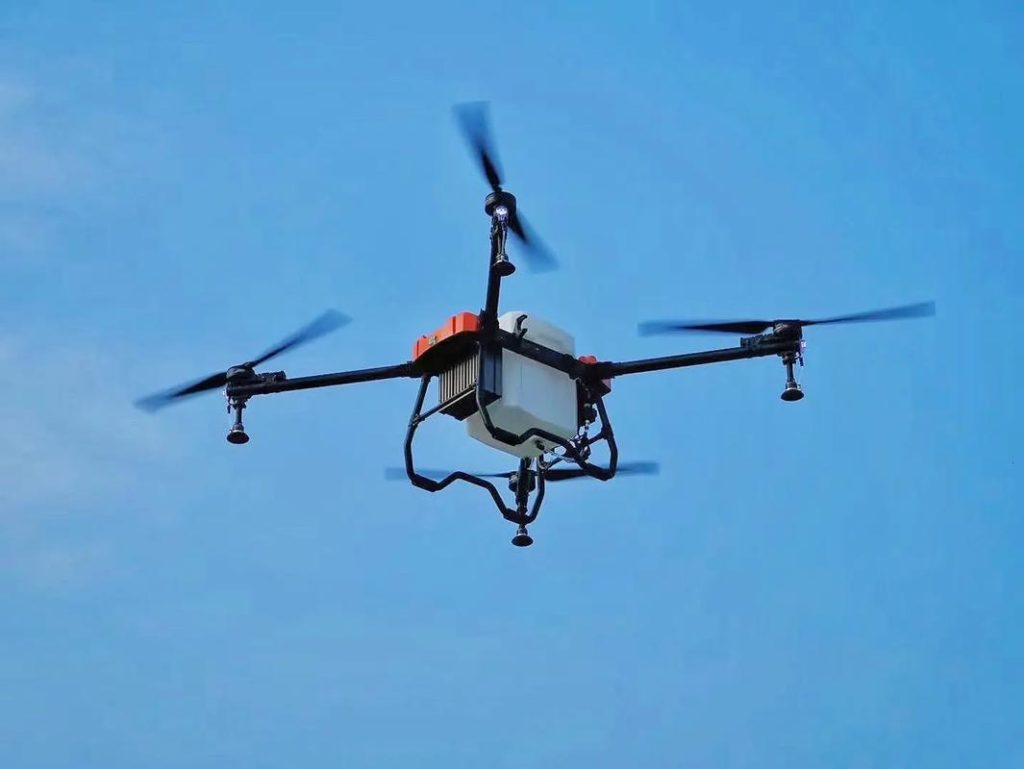
As the agricultural industry faces the growing challenges of pests, diseases, and the need for more efficient crop management, innovative technologies are stepping in to provide solutions. One such breakthrough is the use of pesticide spraying drones. These high-tech devices are changing the way farmers approach pest control and crop protection, offering a more sustainable, efficient, and precise alternative to traditional spraying methods.
What Are Pesticide Spraying Drones?
Pesticide spraying drones, also known as agricultural drones, are unmanned aerial vehicles (UAVs) equipped with systems to apply pesticides, herbicides, and fertilizers over large agricultural fields. These drones are typically fitted with advanced sensors, GPS systems, and high-capacity tanks to carry and distribute chemicals accurately.
Unlike conventional methods where farmers use ground-based sprayers or aircraft, drones can operate autonomously, flying over crops and spraying with pinpoint precision. This technology is especially beneficial for large-scale farms, reducing labor costs, increasing operational efficiency, and minimizing pesticide waste.
Advantages of Using Pesticide Spraying Drones
1. Precision and Accuracy
One of the most significant benefits of pesticide spraying drones is their precision. Drones can map fields with GPS and real-time data, allowing them to target specific areas with accuracy. This minimizes the use of pesticides and ensures that only the affected areas are treated, reducing the overall chemical load on the environment.
2. Cost-Effective
For farmers, pesticide spraying drones can drastically cut down on operational costs. Traditional methods of pesticide application require significant manpower, large equipment, and often lead to waste. With drones, the process is automated and efficient, reducing labor costs and minimizing the amount of pesticide used.
3. Increased Efficiency
Drones can cover large areas in a short amount of time, often spraying acres of crops in a matter of hours. This speed allows farmers to treat their fields at optimal times, improving pest control and minimizing the risk of crop damage. Additionally, drones can operate in challenging terrain or adverse weather conditions, areas that might be difficult for traditional equipment to reach.
4. Environmental Sustainability
By applying pesticides more precisely and reducing waste, drones help limit the environmental impact of pesticide use. With fewer chemicals released into the soil and surrounding ecosystem, drone spraying promotes a more sustainable approach to agriculture. Furthermore, drones can be programmed to operate at the most environmentally favorable times, reducing runoff and avoiding over-application.
5. Data Collection and Monitoring
Many pesticide spraying drones come equipped with advanced sensors that not only help with spraying but also gather data on crop health. By collecting detailed information on field conditions, pests, and crop stress, drones provide farmers with valuable insights that can guide future farming decisions. This data-driven approach enhances overall farm management and crop yield prediction.
How Pesticide Spraying Drones Work
Pesticide spraying drones are equipped with several key components that allow them to perform effectively:
GPS and Mapping Systems: GPS technology helps the drone navigate and follow predetermined flight paths, ensuring full coverage of the field.
Spraying Mechanism: The drone carries tanks of pesticides or fertilizers and dispenses the liquid through nozzles. The spraying system can be controlled remotely or programmed to operate automatically.
Sensors and Cameras: Advanced drones often have sensors that can detect pest infestations, crop diseases, or variations in plant health. This data is then used to adjust the spraying process, ensuring that the application is as targeted and efficient as possible.
Challenges and Considerations
While pesticide spraying drones offer numerous benefits, there are also challenges to consider. Some of these include:
Regulatory Compliance: The use of drones for pesticide spraying is subject to various regulations that vary by country and region. Farmers must ensure that they comply with local laws regarding drone operations and pesticide application.
Initial Investment: The cost of purchasing and maintaining drone equipment can be significant. However, many farmers find that the long-term savings in labor and pesticide costs justify the initial investment.
Training and Operation: Operating pesticide spraying drones requires knowledge and training to ensure proper use and maintenance. While drones are automated, operators must still be skilled in programming flight paths, handling equipment, and analyzing data.
The Future of Pesticide Spraying Drones in Agriculture
The adoption of pesticide spraying drones is expected to grow rapidly as technology continues to improve and more farmers realize the advantages of this modern approach. Drones are becoming more accessible and affordable, and as they integrate with other technologies such as artificial intelligence (AI) and machine learning, they will become even more efficient.
Moreover, as sustainability becomes a central focus in agriculture, pesticide spraying drones are positioned to play a critical role in reducing the environmental footprint of farming while enhancing crop production.
In conclusion, pesticide spraying drones represent a significant advancement in modern agriculture. They offer farmers a more efficient, precise, and cost-effective method of pest control, helping to ensure healthier crops and a more sustainable farming future. As technology continues to evolve, these drones will likely become an integral part of global farming practices, supporting the growing demand for food in an environmentally responsible way.





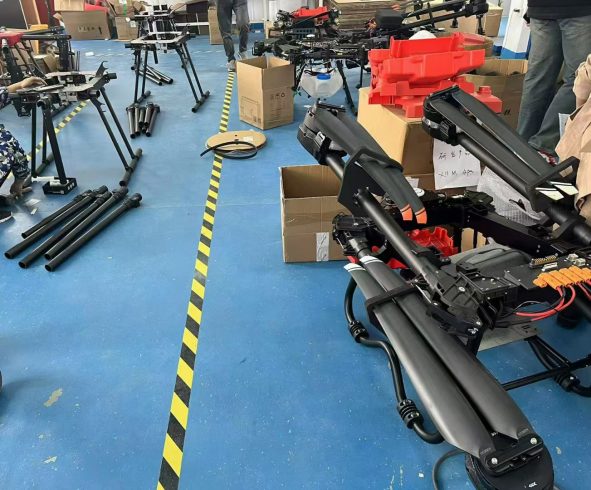


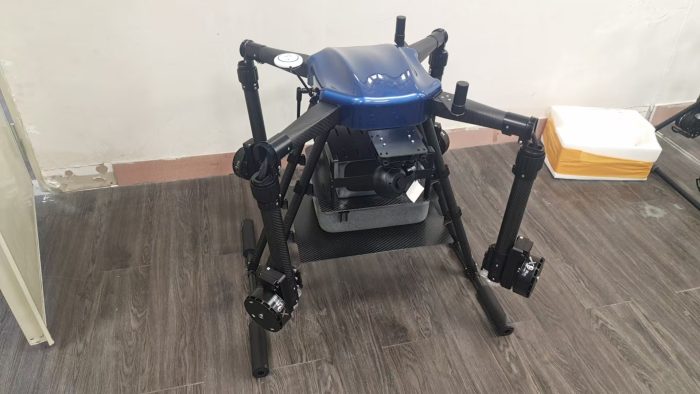
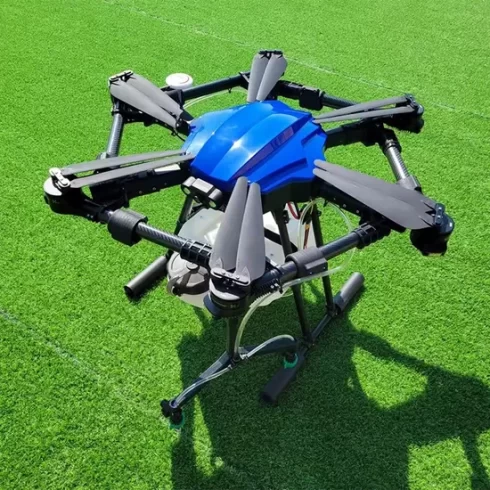
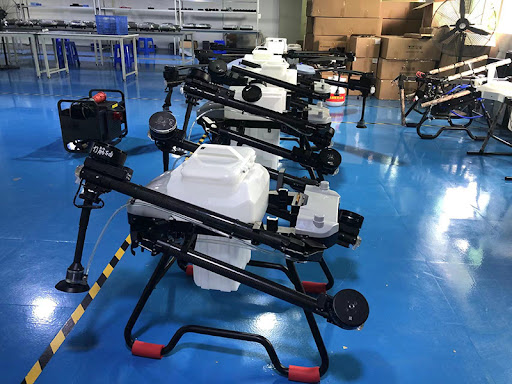

暂无评论内容